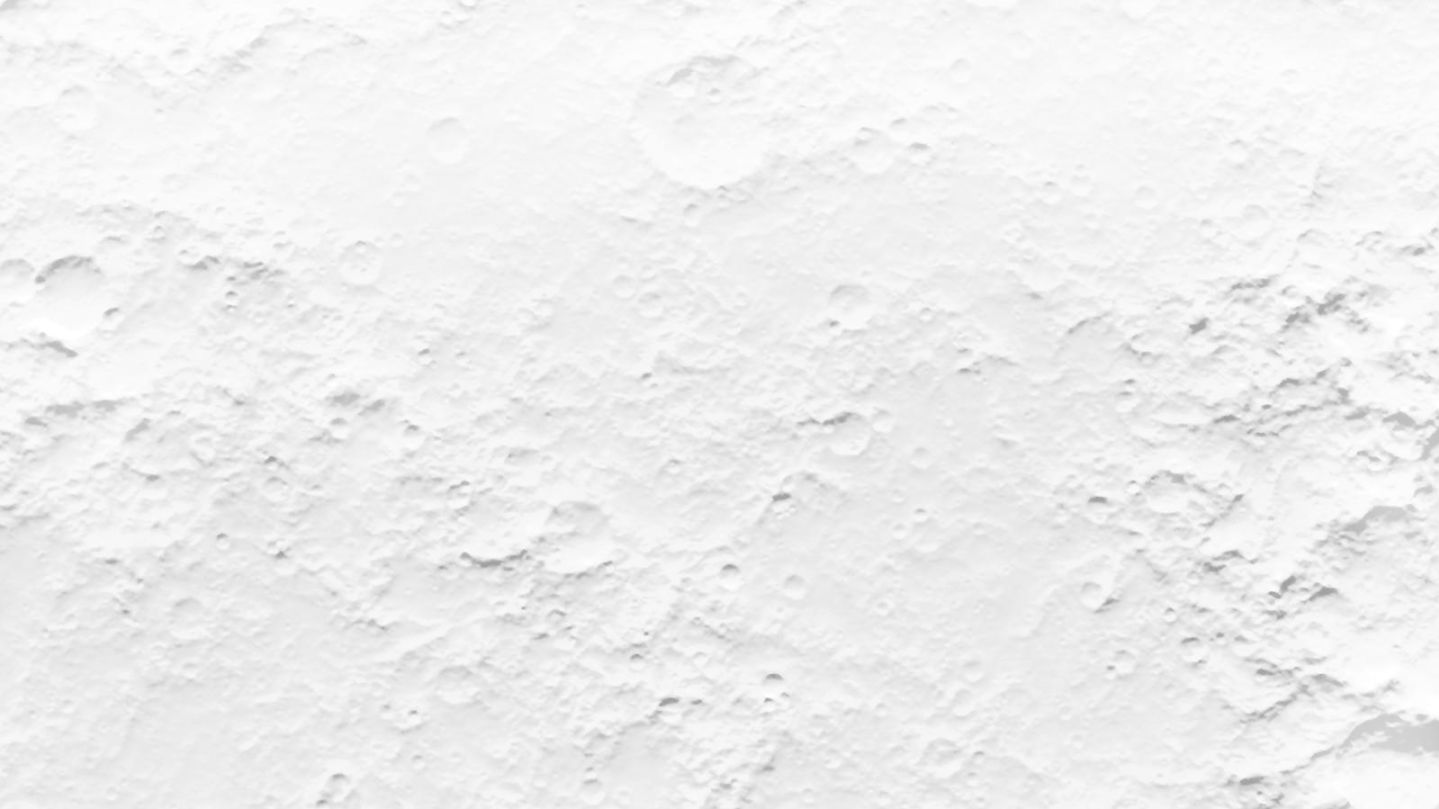The universe is expanding 9% faster than scientists expected, according to a new study. And new physics may be required to understand why.
Although scientists have suggested for years that this faster expansion rate was true, new measurements collected by NASA’s Hubble Space Telescope helped make the confirmation.
The expansion rate is at odds with the universe’s trajectory shortly after the Big Bang, more than 13 billion years ago. That trajectory was measured by the European Space Agency’s Planck satellite. The satellite was able to map an afterglow from 380,000 years after the Big Bang, called the Cosmic Microwave Background, allowing for a prediction of the universe’s evolution.
Scientists thought the discrepancy was a fluke. The Hubble data makes that less likely, putting it at a 1 in 100,000 chance.
We know that the universe is constantly expanding as the space between galaxies grows, but scientists have been on a quest to determine the actual rate for decades.
The study has been accepted for publication in the The Astrophysical Journal.
“The Hubble tension between the early and late universe may be the most exciting development in cosmology in decades,” said Adam Riess, study author, distinguished professor of physics and astronomy at the Johns Hopkins University and Nobel laureate. “This mismatch has been growing and has now reached a point that is really impossible to dismiss as a fluke. This disparity could not plausibly occur just by chance.”
Riess is leading a project called the SH0ES team that worked on this research.
In order to gather this new data, Hubble measured the light from 70 stars in a neighboring galaxy, the Large Magellanic Cloud, that’s 162,000 light-years away. The pulsating stars have predictable rates of brightening and dimming, and this can be used to measure distances between galaxies. The stars are known as Cepheid variables.
These measurements help with calculating the Hubble constant, the expansion rate of the universe over time, as well as strengthening the cosmic distance ladder, which can determine distance in the universe.
The cosmic distance ladder relies on stars from different galaxies as milepost markers between galaxies.
But measuring stars can take time, and Hubble gets only one shot at measuring each star during every 90-minute orbit around the Earth.
The researchers decided to use Hubble as more of a point-and-shoot camera looking at groups of the stars using a new method called Drift And Shift, or DASH.
The team’s Hubble data was combined with a dataset from the Araucaria Project collaboration between astronomers from Chile, the United States and Europe. The collective measurements revealed the true brightness of the Cepheid stars.
This Hubble constant is still different from the expected trajectory.
“This is not just two experiments disagreeing,” Riess said. “We are measuring something fundamentally different. One is a measurement of how fast the universe is expanding today, as we see it. The other is a prediction based on the physics of the early universe and on measurements of how fast it ought to be expanding. If these values don’t agree, there becomes a very strong likelihood that we’re missing something in the cosmological model that connects the two eras.”
Currently, there is no explanation for the discrepancy, but scientists have suggested scenarios involving invisible dark matter or dark energy. New theories – and new physics – may be needed to understand what exactly helped shape the universe.
The SH0ES team will continue working on the Hubble constant to reduce the uncertainty over the discrepancy to 1%; it’s now at 1.9%, thanks to the newest study.
“Previously, theorists would say to me, ‘it can’t be. It’s going to break everything.’ Now they are saying, ‘we actually could do this,’ ” Riess said.































































![[MRJ1] Artist's rendering of how the first stars in the universe may have looked. ©N.R.Fuller, National Science Foundation](https://media.cnn.com/api/v1/images/stellar/prod/180228210119-01-earliest-stars-cisro.jpg?q=x_8,y_809,h_2307,w_4100,c_crop/h_144,w_256)